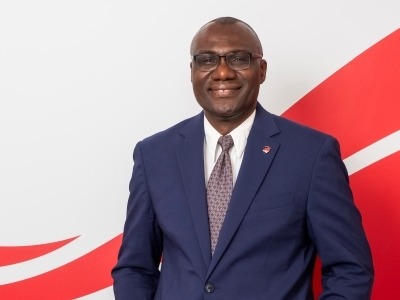
Rozita Rashtchi
Written in 2014 by Rozita Rashtchi, PhD Student Systems & Computer Engineering
Science and engineering programs often require grad students to produce technical documents including conference papers, journal papers, reports, a proposal and a thesis. These documents are all formal scholarly documents that have certain writing ‘rules’ to follow. This article summarizes some of the key rules to writing including connectivity, tense, tone, use of pronouns and vocabulary.
Connectivity
Any technical document must have a smooth flow of ideas. Each paragraph should contain one idea. If your paragraph is too long, it most likely contains more than one idea, so break it into shorter paragraphs. Each paragraph has to connect to the idea presented in the previous paragraph to make a smooth transition from one to another. There is a rule of thumb that, in each paragraph, the first sentence introduces the idea. The middle sentences describe and develop the idea, and the last sentence summarizes it. Keep in mind that every sentence in a paragraph should be connected to the previous one with a “visible connection” like a common word.
Tense
It is pretty common to write your thesis in either simple past or simple present tenses. But whatever you choose, stick to that tense throughout your thesis. There may be a preference within your discipline, so be sure to consult your supervisor.
Tone
Writing in an active tone is preferred to writing in a passive tone because it makes your text more engaging. For example, use: “This guide provides some general tips” instead of “Some general tips are provided by this guide.” Just use passive tone sentences when it is necessary or appropriate.
Pronouns
Using an active tone doesn’t necessarily imply the use of personal pronouns. Indeed, it is recommended not to use personal pronouns as much as you can. However, there is an exception – in introduction and conclusion parts. In these two parts, the personal pronoun “we” is appropriate. Keep in mind that you shouldn’t use the second pronoun, “you,” in the thesis.
Vocabulary
English may not be your first language. It is a very rich language with a lot of alternatives for each word. It is common to use these alternatives when you are writing a document. It is always good to use a thesaurus to find synonyms but make sure to look up their meaning in a dictionary. Keep in mind that it is always better to write short and simple sentences.
Here are some tips on how to choose your words:
o Do not begin a sentence with “This is.” Be more specific, this what?
o Never use words like “obviously” or “clearly,” as it can be an insult if the reader doesn’t get that point.
o Do not use superlatives in claims like “the best algorithm is” or “the perfect performance.” Instead, use comparatives like “algorithm x is better than algorithm y.”
o The phrase “in order to” can always be replaced by “to.”
o Do not make qualitative judgements like “good,” “bad” or “terrible.”
o Be careful about time adverbs. Using words like “today” or “soon” is inappropriate.
o Never use “kind of” or “something like” because they are informal and vague.
o Be careful of using “few, most, all, any, every.” Each has a different meaning and you should be able to justify it.
o Do not use contractions like “don’t” or “haven’t.” Instead, use them in their complete form like “do not” or “have not.”
o Use formal adjectives. For example, “big or huge” can be replaced with “large” or “wonderful, fantastic or amazing” can be replaced with “significant.”
o Be careful of using “very” before adjectives. For example, when you use “very large,” it should be understandable from your text about what is “large” and what is “very large.”
o Be careful of singular and plural words. For example “matrix, appendix, thesis, axis, index and radius” are singular words whereas “matrices, appendices, theses, axes, indices and radii” are the corresponding plural words.
The rules provided herein are only a few of many. More comprehensive sets of rules can be found here.
Go back to Writing Resources: Science and Engineering.
Friday, May 9, 2014 in Grad Student blogs, News, Professional Development
Share: Twitter, Facebook



